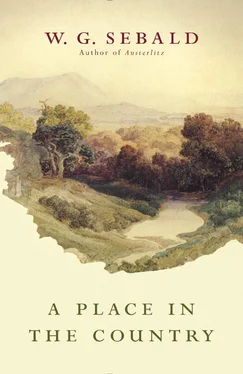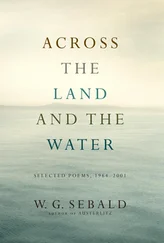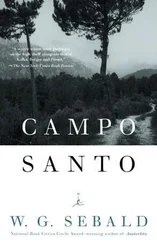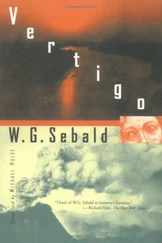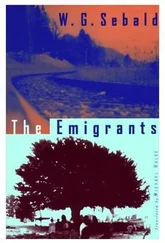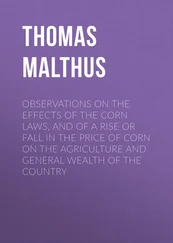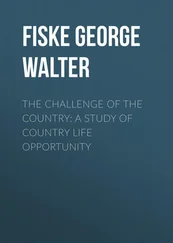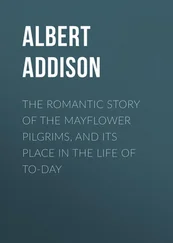The influence [on the rhythmic nature of his prose] came, if from anywhere, from nineteenth-century German prose writing, which also has prosodic rhythms that are very pronounced, where prose is more important than, say, social background or plot in any manifest sense. And this nineteenth-century German prose writing even at the time was very provincial. It never was received outside Germany to any extent worth mentioning. But it’s always been very close to me, not least because the writers all hailed from the periphery of the German-speaking lands, where I also come from. Adalbert Stifter in Austria, Gottfried Keller in Switzerland. They are both absolutely wonderful writers who achieved a very, very high intensity in their prose.… What they all have in common is this precedence of the carefully composed page of prose over the mechanisms of the novel such as dominated fiction writing elsewhere, in France and in England, notably, at that time.
These essays, then, offer us an unprecedented glimpse into the writer’s workshop. In an early interview with Piet de Moor for the Belgian publication Knack , shortly after the first Dutch translation of Vertigo , Sebald explains how his writing “involves a large number of much smaller tributes to other authors. These tributes take the form of citations that have casually crept into the text”; and this wry admission is echoed in A Place in the Country: “I have always tried, in my own works, to mark my respect for those writers with whom I felt an affinity, to raise my hat to them, so to speak, by borrowing an attractive image or a few expressions.…” What is more, his descriptions of their individual prose styles often seem to hint at an oblique comment on his own style of writing, as when he says of Hebel: “The highly wrought language which Hebel devised especially for his stories in the Almanac makes use of dialect and old-fashioned forms and turns of phrase precisely at those points where the rhythm of the prose demands it,” while noting Walser’s “painstaking process of elaboration,” his “playful — and sometimes obsessive — working in with a fine brush of the most abstruse details,” or his use of “regionalisms, redolent of things long fallen into disuse.” And even though the reluctant Swabian pastor Mörike does not perhaps evoke the same degree of affinity as the above writers, his work is compared to Schubert’s music for its “hidden shifts … those true moments musicaux where the iridescent chromatics begin to shimmer into dissonance and an unexpected, even false change of key suddenly signals the abandoning of all hope, or, alternatively, grief gives way to consolation,” giving rise to moments of pure limpidity such as are echoed in most of the essays here. Speculating as to how these are achieved leads W. G. Sebald to a consideration of the circumstances of the artist’s life:
What it takes to produce these effects remains, now as then, an undisclosed mystery. Certainly a rare adeptness at their craft, permitting the most minute adjustments and nuances; and then, or so I imagine, a very long memory and, possibly, a certain unluckiness in love, which appears to have been precisely the lot of those who, like Mörike and Schubert, Keller and Walser, have bequeathed to us some few of the most beautiful lines ever written.
And so it is to the fateful compulsion of these tormented souls, their absolute failure to accommodate life and art, to which Sebald returns again and again, their fates resonating through time and space and the continued beauty of their surroundings, and forming a leitmotif common to all of the writers portrayed here — the description of the unhappiness and misfortunes of the writing subject being, of course, a constant theme of both Sebald’s academic and his creative work.
If it is first and foremost as a fellow writer, rather than as a scholar and critic, that the author of these essays addresses their subjects, the intersection we find here of creative and critical discourses is by no means a new phenomenon in W. G. Sebald’s work. Articles on Ernst Herbeck and Franz Kafka published in the Austrian literary journal Manuskripte in the early 1980S parallel his literary engagement with these two figures in the fictional text Vertigo —though they are by no means the only writers to whom he “pays tribute,” there as elsewhere, by means of hidden quotations — while publication extracts from that work, such as episodes from the life of Stendhal, alternate in issues of Manuskripte with articles on these and other Austrian writers such as Adalbert Stifter, Peter Handke, and Gerhard Roth. The essays in A Place in the Country bring together — and share with his more overtly creative work — both the description of the misfortune of the writing subject and the writer’s sense of dislocation, whether in exile or in “die fremdgewordene Heimat” (the home country grown strange), as he writes of the protagonists in Keller’s A Village Romeo and Juliet; in other words, the sense of being an expatriate or emigrant even, or especially, when at home. These preoccupations had indeed already formed the focus of Sebald’s two earlier collections of academic essays and articles on Austrian literature “from Stifter to Handke”: Die Beschreibung des Unglücks ( The Description of Misfortune ) and Unheimliche Heimat ( Strange Homeland ), whose respective publication in 1985 and 1991, by the Austrian literary publishing house Residenz, frames that of Sebald’s first two literary works, the long poem or “ Elementargedicht” Nach der Natur ( After Nature ) by Greno in 1988, and in 1990 Schwindel. Gefühle ( Vertigo ), in the Eichborn series Die Andere Bibliothek, founded by Hans Magnus Enzensberger. In the same way, then, that the four stories which make up The Emigrants— like those in the earlier Vertigo —all have some apparently identifiable biographical basis, the pieces in the present volume trace a path between critical essay, life writing, and creative writing. Both biographical “narratives” and at the same time critical appreciations, they serve as examples of the way in which the critical interpretation of German literature (and in this case particularly Swiss and Alemannic or Swabian authors) informs and merges into the creative at all levels of Sebald’s writing. At the same time, the creative imagination is brought to bear upon the scholarly account of writers’ lives, and the interpretation of their histories, in what one might almost term a “natural history of creation,” an investigation of writers and their works in, as it were, their natural habitat, in the context both of the times in which they lived and of the physical landscapes that we see them traversing as solitary figures, often on foot.
In this, his first book with his new publisher, Hanser — followed in 1999 by Luftkrieg und Literatur ( On the Natural History of Destruction ) and in 2001 by Austerlitz —W. G. Sebald seems to have been determined to maintain the aesthetic standards of production set for his earlier literary works in Die Andere Bibliothek. Unlike the two earlier volumes of essays on Austrian literature (but in common with his works of prose fiction), it contains a wealth of images inserted into the text at key points; and it is worth noting that where Sebald’s essays first appear in German or Swiss broadsheets — as a good many of them do — the texts are also often accompanied by illustrations, usually grainy photographs. Indeed, A Place in the Country goes further than the works of prose fiction in introducing not just double-paged image spreads, but inserted color plates, which in the original (hardback) Hanser edition are designed to be folded out to the left or right of the facing text. Thus, as with the posthumous Unrecounted ( Unerzählt ), conceived in collaboration with Jan Peter Tripp, the book is not a mere collection of texts but appears to be envisaged as an aesthetic object in its own right, blurring not only the boundaries of the critical and the creative, but also between the verbal and the visual.
Читать дальше
